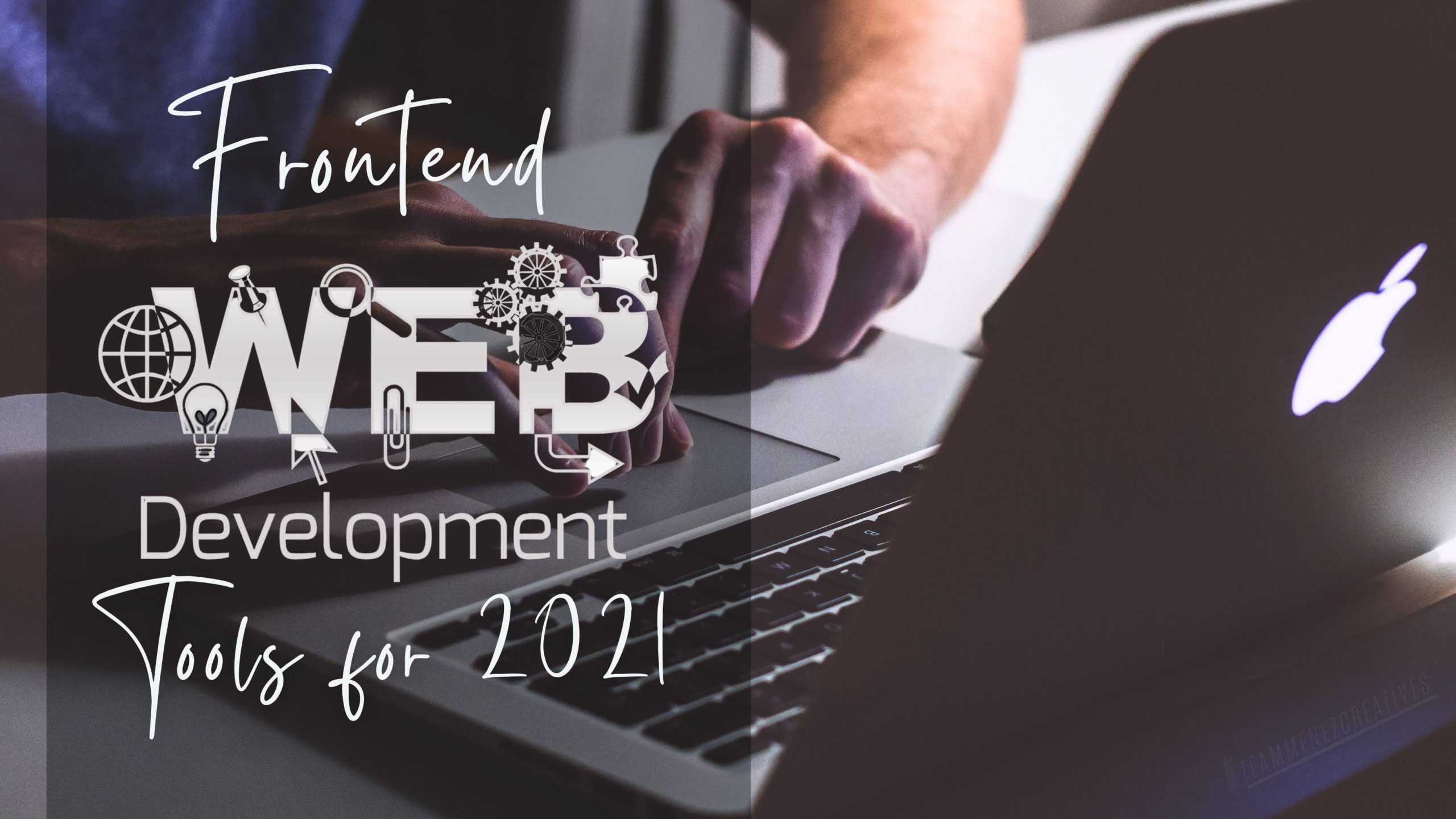Continuous Integration plays very important role where agile methodology is followed. Since, Agile recommends daily build, It is very important to use a CI tool to follow its recommendation.
What is Continuous Integration
When members of software development team integrates their commits too often or at least daily, It is very important to automate the build process, and that automation should have capability to fetch the integration errors. Such practice is called as Continuous Integration.
There are several CI tools are available as Open Source and Paid. But, here let’s discuss about TeamCity, that is Open Source.
TeamCity is a Java-based CI server package. TeamCity is a Server-based application that’s very simple and easy to get familiar with and has an absolutely amazing browser-hosted dashboard. TeamCity also provides build progress, drill down detail, and history information on the projects and configurations.
While working on TeamCity I found a very interesting feature, i.e., Its “Intelligent CI server”, Mean it may automatically triggers build after commit, based upon our settings.
TeamCity also supports the version control systems like SVN, CVS, Git etc.
It provides two types of builds:
- Developer Builds : That provides debugging symbols regarding code binary. Using this feature user can debug the code during runtime.
- Release Builds : It doesn’t provide debugging symbols. It meant for release only.
Key Features of TeamCity are as follows
- Allows multiple projects to build, Run unit test cases, Packaging etc simultaniously
- Integrated code coverage, inspections and duplicates search
- Integration with IDEs like Eclipse, IntelliJ IDEA, Visual Studio
- Supports language like Java, .NET, Ruby, PHP etc




